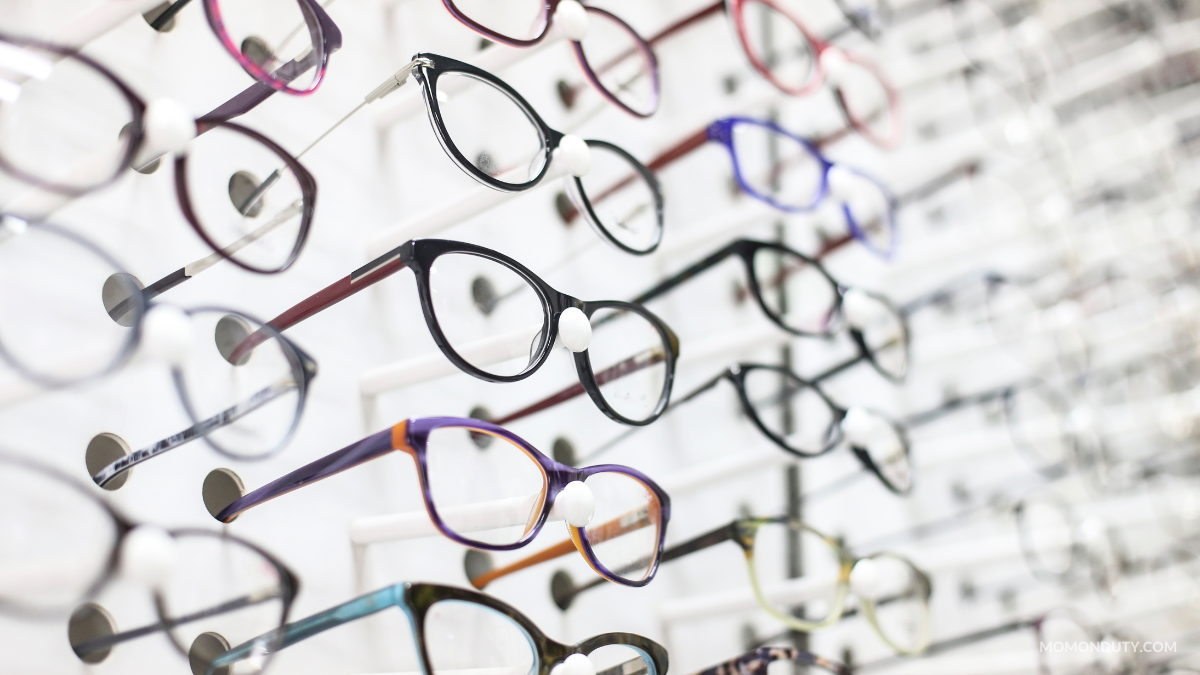Astigmatism, Myopia, and Presbyopia are some common eye conditions that need prescription eyeglasses from Eyeglasses.com. If you suffer from any of these conditions, a visit to the eye doctor is necessary. Your doctor can tell you how much your glasses need to change and at what frequency. If your prescription changes abruptly, the best option is to update your corrective lenses.
Common eye conditions that require prescription eyeglasses
Most people need prescription eyeglasses because of some eye condition. In addition, some common eye disorders require regular eye exams to diagnose and treat the problem. For example, if you are experiencing a cloudy vision, you may need cataract surgery, which can significantly improve your vision. Another common eye condition is glaucoma, which can cause blindness if left untreated. If you notice any of these symptoms, visit an eye doctor as soon as possible to ensure that your vision is clear and functioning at its highest level.
Another common condition that requires prescription eyeglasses is Presbyopia or farsightedness. Presbyopia occurs when the eye lens does not focus light properly. The natural lenses harden as a person ages, so light cannot focus on objects close enough to the retina. Presbyopia is a common age-related vision problem that affects around 1.5 million people worldwide. While you can treat mild to moderate Presbyopia with prescription reading glasses, more advanced cases may require contact lenses or even LASIK eye surgery.
Astigmatism
Astigmatism is an optical condition that occurs when the cornea or front surface of the eye is not ideally round. This distorted shape of the cornea causes light that enters the eye to have multiple points of focus instead of focusing on just one. Because of this problem, light may appear blurry or hazy. The best way to correct it is to wear glasses or contact lenses that are curved and have the right shape.
An astigmatic cornea is shaped like an egg cut in half, with one meridian longer than the other. Because the two meridians are of different lengths, they are not parallel, and as a result, the points of focus are distorted. The glasses lens needs to correct both meridians. The glasses prescription for an astigmatic pair will have two numbers, the first one showing the power needed to correct one meridian and the other meridian. A third number will indicate the distance between the two meridians.
Myopia
Myopia is a vision problem that causes blurry images. This condition usually appears in childhood and worsens as we grow older. Because the light entering the eye isn’t focused correctly, the images appear blurry and not crisp. It’s a bit like having a spotlight not pointed directly at the subject. Luckily, there are several options for correcting this problem, including eyeglasses.
LASIK is one of the most common surgeries used to correct myopia. During this surgery, a thin flap is created on top of the cornea and sculpted by a laser. This flap is then moved back into place. A special lens called the Implantable Collamer Lens (ICL) is then implanted in the eye through a microscopic incision. The implant refracts light to focus on the retina and creates clear vision. Special contact lenses and atropine eyedrops can also slow the progression of high myopia. However, if your myopia is too high, your physician may recommend cataract surgery.
Presbyopia
Presbyopia is an age-related condition characterized by problems focusing on near and far objects. The problem often causes headaches, eye strain, and other symptoms. People may need eyeglass prescriptions to correct the problem as they get older. These eyeglass prescriptions can correct Presbyopia with new lenses or a combination of these options. Some eye doctors recommend vision surgery as an option as well.
Although aging is a natural process, most people develop Presbyopia at some point. It is because the crystalline lens in the eye bends to focus light on the retina. The ciliary muscle surrounding the lens allows the lens to stretch and shrink in response to light. As a result, it can cause various vision problems, including Presbyopia.
Computer vision syndrome
People who spend long hours on a computer may experience a condition known as computer vision syndrome. While the blue light from the computer screen is not directly responsible for this problem, other factors can contribute. For example, too much glare on the computer screen can cause eye strain and headaches. Sitting too close to a computer screen can also cause eye strain. Furthermore, extended computer usage can cause dry eyes, exacerbating symptoms. As a result, sufficient measures must be taken to avoid computer vision syndrome.
A comprehensive eye exam will help the doctor diagnose computer-related vision problems and determine whether other factors can be causing the eye strain. For example, the doctor will assess visual acuity and refractive error and determine if any lenses need to be prescribed. An eye exam may also reveal focus, eye movement, or glare problems. To help combat the problem, an eye doctor can prescribe a lens specifically designed to correct the problem.




